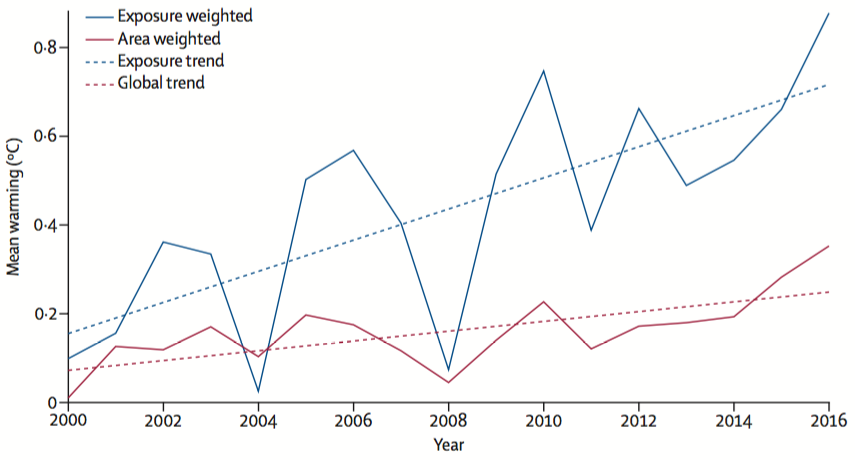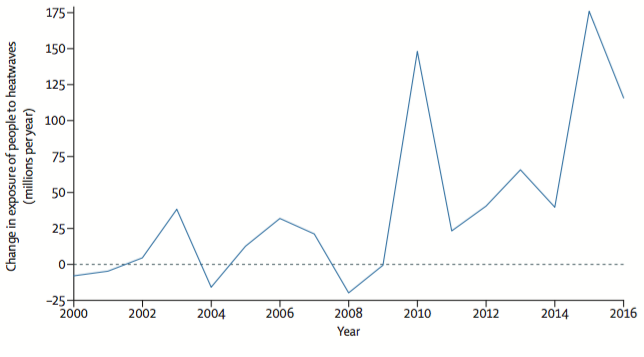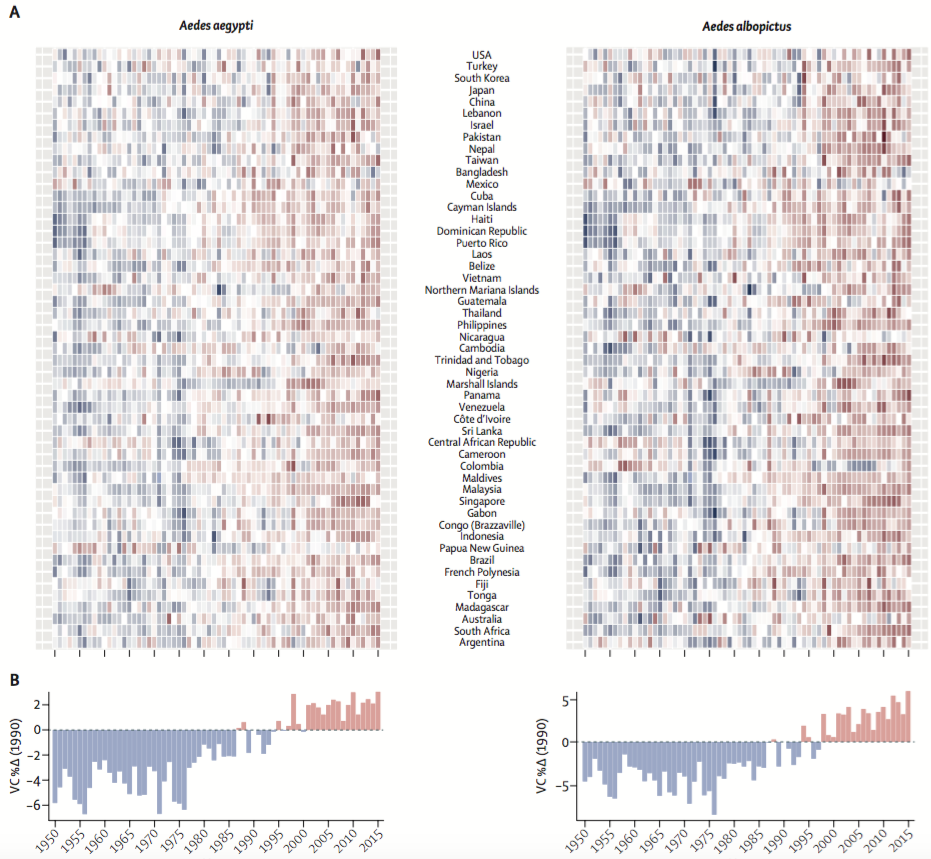 by Ben Goldfarb, Daily Good: http://www.dailygood.org/story/2068/eager-the-surprising-secret-life-of-beavers-and-why-they-matter-ben-goldfarb/
by Ben Goldfarb, Daily Good: http://www.dailygood.org/story/2068/eager-the-surprising-secret-life-of-beavers-and-why-they-matter-ben-goldfarb/
This excerpt is from Ben Goldfarb’s new book Eager: The Surprising, Secret Life of Beavers and Why They Matter (Chelsea Green Publishing, 2018) and is reprinted with permission from the publisher www.chelseagreen.com
Close your eyes. Picture, if you will, a healthy stream. What comes to mind? Perhaps you’ve conjured a crystalline, fast-moving creek, bounding merrily over rocks, its course narrow and shallow enough that you could leap or wade across the channel. If, like me, you are a fly fisherman, you might add a cheerful, knee-deep angler, casting for trout in a limpid riffle.
It’s a lovely picture, fit for an Orvis catalog. It’s also wrong.
Let’s try again. This time, I want you to perform a more difficult imaginative feat. Instead of envisioning a present-day stream, I want you to reach into the past—before the mountain men, before the Pilgrims, before Hudson and Champlain and the other horsemen of the furpocalypse, all the way back to the 1500s. I want you to imagine the streams that existed before global capitalism purged a continent of its dam-building, water-storing, wetland-creating engineers. I want you to imagine a landscape with its full complement of beavers.
What do you see this time? No longer is our stream a pellucid, narrow, racing trickle. Instead it’s a sluggish, murky swamp, backed up several acres by a messy concatenation of woody dams. Gnawed stumps ring the marsh like punji sticks; dead and dying trees stand aslant in the chest-deep pond. When you step into the water, you feel not rocks underfoot but sludge. The musty stink of decomposition wafts into your nostrils. If there’s a fisherman here, he’s thrashing angrily in the willows, his fly caught in a tree.
Although this beavery tableau isn’t going to appear in any Field & Stream spreads, it’s in many cases a more historically accurate picture—and, in crucial ways, a much healthier one. In the intermountain West, wetlands, though they make up just 2 percent of total land area, support 80 percent of biodiversity; you may not hear the tinkle of running water in our swamp, but listen closely for the songs of warblers and flycatchers perched in creek-side willows. Wood frogs croak along the pond’s marshy aprons; otters chase trout through the submerged branches of downed trees, a forest inverted. The deep water and the close vegetation make the fishing tough, sure, but abundant trout shelter in the meandering side channels and cold depths. In A River Runs Through It, Norman Maclean captured the trials and ecstasies of angling in beaver country when he wrote of one character, “So off he went happily to wade in ooze and to get throttled by brush and to fall through loose piles of sticks called beaver dams and to end up with a wreath of seaweed round his neck and a basket full of fish”(1).
And it’s not just fishermen and wildlife who benefit. The weight of the pond presses water deep into the ground, recharging aquifers for use by downstream farms and ranches. Sediment and pollutants filter out in the slackwaters, cleansing flows. Floods dissipate in the ponds; wildfires hiss out in wet meadows. Wetlands capture and store spring rain and snowmelt, releasing water in delayed pulses that sustain crops through the dry summer. A report released by a consulting firm in 2011 estimated that restoring beavers to a single river basin, Utah’s Escalante, would provide tens of millions of dollars in benefits each year (2). Although you can argue with the wisdom of slapping a dollar value on nature, there’s no denying that these are some seriously important critters.
To society, though, beavers still appear more menacing than munificent. In 2013 I lived with my partner, Elise, in a farming town called Paonia, set high in the mesas of Colorado’s Western Slope. Our neighbors’ farms and orchards were watered by labyrinthine irrigation ditches, each one paralleled by a trail along which the ditch rider—the worker who maintained the system—drove his ATV during inspections. In the evenings we strolled the ditches, our soundtrack the faint gurgle of water through headgates, our backdrop the rosy sunset on Mount Lamborn. One dusk we spotted a black head drifting down the canal like a piece of floating timber. The beaver let us approach within a few feet before slapping his tail explosively and submarining off into the crepuscule. On subsequent walks we saw our ditch beaver again, and again, perhaps half a dozen times altogether. We came to expect him, and though it was probably our imaginations, he seemed to grow less skittish with each encounter.
Like many torrid romances, our relationship acquired a certain frisson from the certain knowledge that it was doomed. Although our beaver showed no inclination to dam the canal—and indeed, beavers often elect not to dam at all—we knew the ditch rider would not tolerate the possibility of sabotage. The next time the rider passed us on his ATV, a shotgun lay across his knees. The grapevine gave us unhappy tidings a few days later: Our ditch beaver was no more.
That zero-tolerance mentality remains more rule than exception: Beavers are still rodenta non grata across much of the United States. They are creative in their mischief. In 2013 residents of Taos, New Mexico, lost cell phone and internet service for twenty hours when a beaver gnawed through a fiber-optic cable (3). They have been accused of dropping trees atop cars on Prince Edward Island (4), sabotaging weddings in Saskatchewan (5) and ruining golf courses in Alabama—where, gruesomely, they were slaughtered with pitchforks, a massacre one local reporter called a “dystopian Caddyshack” (6). Sometimes they’re framed for crimes they did not commit: Beavers were accused of, and exonerated for, flooding a film set in Wales (7) (the actual culprits were the only organisms more heedless of property than beavers: teenagers). Often, though, they’re guilty as charged. In 2016 a rogue beaver was apprehended by authorities in Charlotte Hall, Maryland, after barging into a department store and rifling through its plastic-wrapped Christmas trees (8). The vandal was shipped off to a wildlife rehab center, but his comrades tend not to be so lucky.
Although our hostility toward beavers is most obviously predicated on their penchant for property damage, I suspect there’s also a deeper aversion at work. We humans are fanatical, orderly micromanagers of the natural world: We like our crops planted in parallel furrows, our dams poured with smooth concrete, our rivers straitjacketed and obedient. Beavers, meanwhile, create apparent chaos: jumbles of downed trees, riotous streamside vegetation, creeks that jump their banks with abandon. What looks to us like disorder, though, is more properly described as complexity, a profusion of life-supporting habitats that benefit nearly everything that crawls, walks, flies, and swims in North America and Europe. “A beaver pond is more than a body of water supporting the needs of a group of beavers,” wrote James B. Trefethen in 1975, “but the epicenter of a whole dynamic ecosystem” (9).
Beavers are also at the center of our own story. Practically since humans first dispersed across North America via the Bering Land Bridge—replicating a journey that beavers made repeatedly millions of years prior—the rodents have featured in the religions, cultures, and diets of indigenous peoples from the nations of the Iroquois to the Tlingit of the Pacific Northwest. More recently, and destructively, it was the pursuit of beaver pelts that helped lure white people to the New World and westward across it. The fur trade sustained the Pilgrims, dragged Lewis and Clark up the Missouri, and exposed tens of thousands of native people to smallpox. The saga of beavers isn’t just the tale of a charismatic mammal—it’s the story of modern civilization, in all its grandeur and folly.
Despite the fur trade’s ravages, beavers today face no danger of extinction: Somewhere around fifteen million survive in North America, though no one knows the number for certain. In fact, they’re one of our most triumphant wildlife success stories. Beavers have rebounded more than a hundredfold since trappers reduced their numbers to around one hundred thousand by the turn of the twentieth century. The comeback has been even more dramatic across the Atlantic, where populations of a close cousin, the Eurasian beaver (Castor fiber), have skyrocketed from just one thousand to around one million (10). Not only have beavers benefited from conservation laws, they’ve helped author them. It was the collapse of the beaver—along with the disappearance of other persecuted animals, like the bison and the passenger pigeon—that sparked the modern conservation movement.
But let’s not pat ourselves on the backs too heartily. As far as we’ve come, beaver restoration has many miles farther to go. When Europeans arrived in North America, the naturalist Ernest Thompson Seton guessed that anywhere from sixty million to four hundred million beavers swam its rivers and ponds (11). Although Seton’s appraisal was more than a bit arbitrary, there’s no doubt that North American beaver populations remain a fraction of their historic levels. Will Harling, director of the Mid Klamath Fisheries Council, told me that some California watersheds host just one one-thousandth as many beavers as existed before trappers pursued them to the brink of oblivion.
That story, of course, isn’t unique to California, or to beavers. Europeans began despoiling North American ecosystems the moment they set boots on the stony shore of the New World. You’re probably familiar with most of the colonists’ original environmental sins: They wielded an ax against every tree, lowered a net to catch every fish, turned livestock onto every pasture, churned the prairie to dust. In California’s Sierra Nevada, nineteenth-century gold miners displaced so much sediment that the sludge could have filled the Panama Canal eight times (12). We are not accustomed to discussing the fur trade in the same breath as those earth-changing industries, but perhaps we should. The disappearance of beavers dried up wetlands and meadows, hastened erosion, altered the course of countless streams, and imperiled water-loving fish, fowl, and amphibians—an aquatic Dust Bowl. Centuries before the Glen Canyon Dam plugged up the Colorado and the Cuyahoga burst into flame, fur trappers were razing stream ecosystems. “[Beavers’] systematic and widespread removal,” wrote Sharon Brown and Suzanne Fouty in 2011, “represents the first large-scale Euro-American alteration of watersheds” (13).
If trapping out beavers ranked among humanity’s earliest crimes against nature, bringing them back is a way to pay reparations. Beavers, the animal that doubles as an ecosystem, are ecological and hydrological Swiss Army knives, capable, in the right circumstances, of tackling just about any landscape-scale problem you might confront. Trying to mitigate floods or improve water quality? There’s a beaver for that. Hoping to capture more water for agriculture in the face of climate change? Add a beaver. Concerned about sedimentation, salmon populations, wildfire? Take two families of beaver and check back in a year.
Excerpted from Ben Goldfarb's book, Eager: The Surprising, Secret Life of Beavers and Why They Matter (Chelsea Green Publishing, 2018). Reprinted with permission from Chelsea Green Publishing, publishers of renewable energy, sustainable living, organic gardening, and progressive books since 1984.
Ben Goldfarb is an award-winning environmental journalist who covers wildlife management and conservation biology. His work has been featured in Science, Mother Jones, The Guardian, High Country News, VICE, Audubon Magazine, Orion, Scientific American, and many other publications. He holds a master of environmental management degree from the Yale School of Forestry and Environmental Studies and is the author of Eager: The Surprising, Secret Life of Beavers and Why They Matter (Chelsea Green Publishing, 2018). Follow him on Twitter @ben_a_goldfarb.














